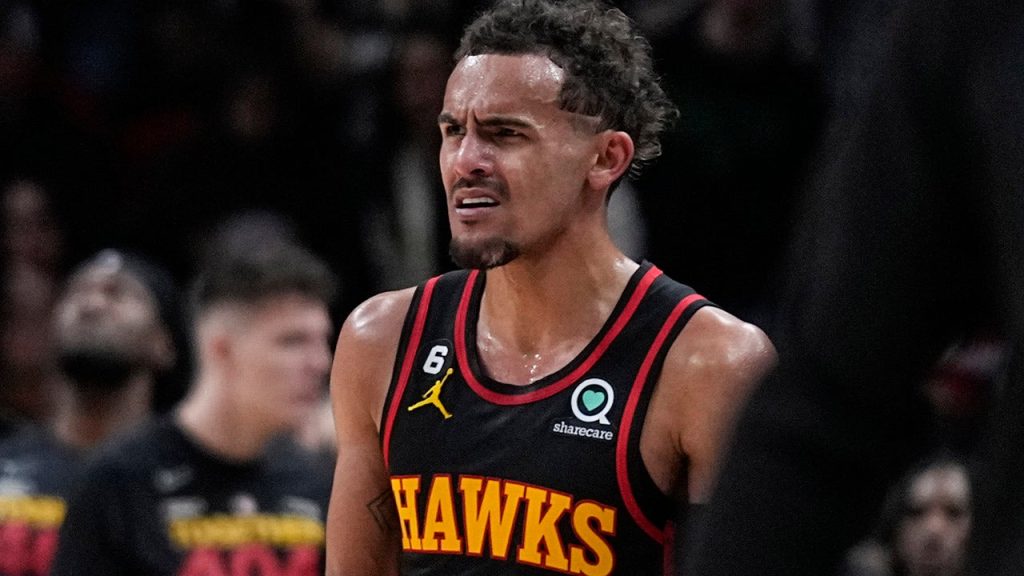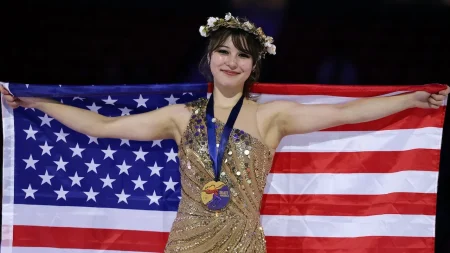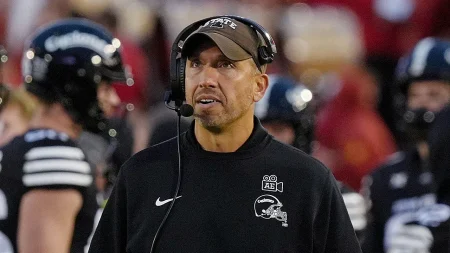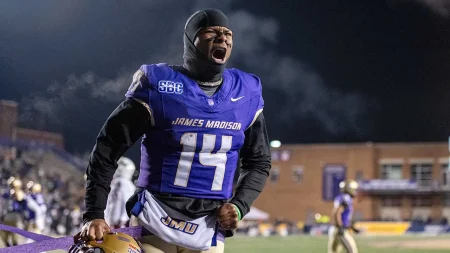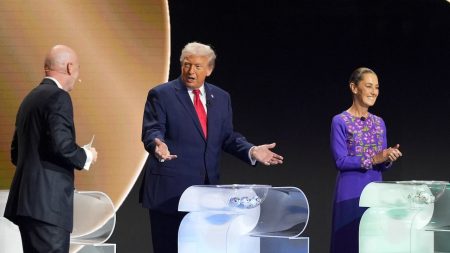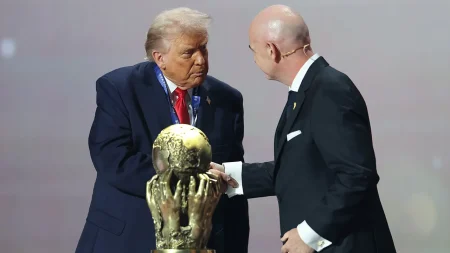Trae Young, the Atlanta Hawks’ star point guard, found himself on the outside looking in when the 2025 NBA All-Star reserves were announced. Despite leading the league in assists with an impressive 11.4 per game and averaging a solid 22.5 points per game, Young’s efforts weren’t enough to earn him a spot among the league’s elite. This snub marked a departure from Young’s previous All-Star appearances, having graced the showcase three times prior. His current season statistics arguably represent the most productive half-season of his career, fueling the discussion around the validity of his exclusion. Young’s reaction, initially tinged with frustration on social media, transitioned into a more conciliatory tone, expressing disappointment for his fans while maintaining optimism for future selections.
The All-Star selection process, a blend of fan voting, player voting, media input, and, crucially, the decisions of NBA head coaches, ultimately determines the final roster. While fan voting represents a significant 50% of the starting lineup determination, the reserve selections rest solely in the hands of the coaches. This dynamic played a pivotal role in Young’s omission, as the coaches collectively opted for other players, despite Young’s impressive statistical contributions. Hawks coach Quin Snyder, while acknowledging the merit of the selected All-Stars, expressed his disappointment at Young’s exclusion and emphasized his belief that Young has delivered his best professional season to date.
The All-Star snub prompts a broader examination of the selection criteria and the often subjective nature of evaluating player performance. While raw statistics paint a compelling picture of Young’s impact, other factors, such as team record, defensive contributions, and overall perceived value to the team, likely influenced the coaches’ decisions. The Hawks’ performance as a team, while not solely attributable to Young, potentially played a role in the coaches’ evaluation of his All-Star candidacy. The complexities of the selection process highlight the difficulty of quantifying individual contributions within a team-oriented sport.
Young’s situation mirrors that of other notable players who, despite strong individual performances, found themselves excluded from the All-Star festivities. Phoenix Suns guard Devin Booker, a decorated Olympian and four-time All-Star, also experienced the disappointment of being overlooked this year. Booker, while acknowledging his desire to participate in the event, opted for a positive outlook, choosing to utilize the unexpected break for family time. These instances underscore the highly competitive landscape of the NBA and the inherent challenges in selecting a limited number of players to represent the league’s best.
A similar and even more statistically peculiar situation unfolded for Charlotte Hornets guard LaMelo Ball. Ball, enjoying a career year averaging 28.2 points per game, secured the most fan votes for Eastern Conference backcourt players, demonstrating his undeniable popularity. However, the weighted voting system, incorporating player and media votes alongside the fan vote, resulted in Ball narrowly missing a starting position. Furthermore, he failed to make the reserve list due to insufficient votes from the league’s coaches. This unusual outcome marked Ball as the first player under the current format to win the fan vote at his position but not earn an All-Star selection, highlighting the intricacies and occasional contradictions of the voting process.
The narratives surrounding Young, Booker, and Ball provide valuable insights into the subjective complexities and occasional controversies associated with the NBA All-Star selection process. The emphasis on coaches’ votes for reserve selections adds a layer of expert judgment, but also opens the door for potential biases and differing basketball philosophies to influence the outcomes. While statistical performance provides a fundamental basis for evaluation, intangible aspects like leadership, defensive prowess, and overall team impact inevitably play a role. These combined factors create a dynamic selection landscape where even standout players like Young can find themselves on the outside looking in, prompting discussions about the criteria and the evolving definition of an All-Star.





